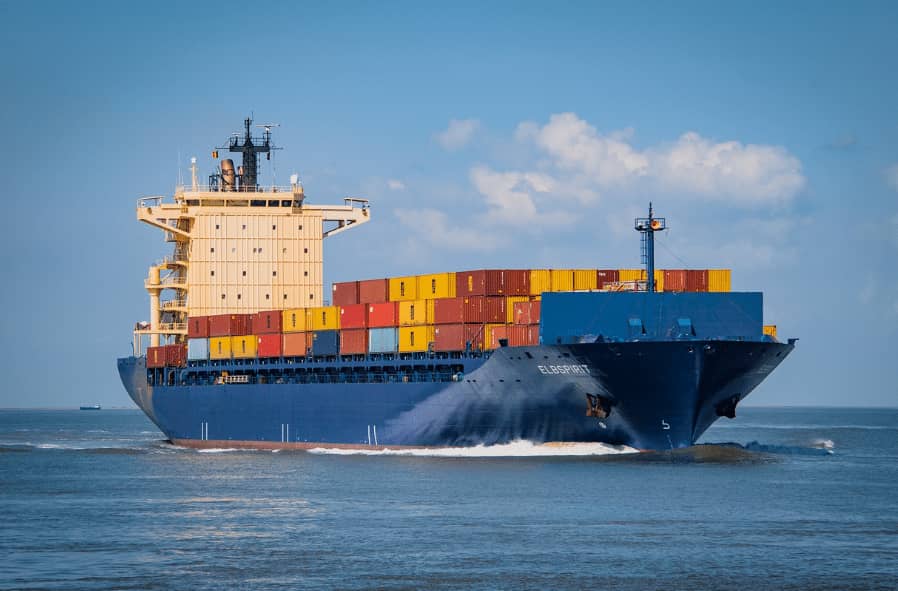Analyzing the Shift of Overseas Orders from China to Vietnam: Factors at the Business and National Levels
In recent years, there has been a noticeable trend of a portion of overseas orders shifting from China to Vietnam. This article aims to analyze the key factors driving this phenomenon, both at the business level and the national level. Understanding these factors can provide valuable insights for businesses and policymakers in both countries.
a)Business-Level Factors: Cost Competitiveness: One of the primary reasons for the shift is the cost advantage offered by Vietnam. Rising labor costs in China have prompted businesses to seek more affordable manufacturing alternatives. Vietnam's lower wages and production costs have made it an attractive option for cost-conscious companies.
b) Supply Chain Diversification: As companies increasingly recognize the importance of risk management, diversifying their supply chains has become crucial. The trade tensions between the United States and China, as well as the COVID-19 pandemic, have exposed vulnerabilities in relying heavily on a single production base. By expanding to Vietnam, businesses can mitigate risks and ensure a more resilient supply chain.
c) Skilled Workforce: Vietnam has made significant strides in developing its manufacturing capabilities and has a growing pool of skilled labor. The availability of a skilled workforce, coupled with a favorable business environment, has encouraged foreign companies to establish a presence in Vietnam and shift their manufacturing operations.
National-Level Factors: a) Government Policies: Vietnam has actively implemented policies to attract foreign investment and facilitate business operations. The Vietnamese government's commitment to economic reforms, trade liberalization, and infrastructure development has created a conducive environment for foreign companies. These policies have played a crucial role in attracting businesses seeking to diversify their manufacturing base.
b) Geographical Proximity: Vietnam's proximity to China offers logistical advantages for companies with supply chains involving both countries. The shorter transportation distance and improved connectivity make it easier to manage operations and reduce lead times. This advantage has been particularly relevant for industries with complex supply chains and time-sensitive production processes.
c) Free Trade Agreements: Vietnam's participation in various free trade agreements, such as the Comprehensive and Progressive Agreement for Trans-Pacific Partnership (CPTPP) and the EU-Vietnam Free Trade Agreement (EVFTA), has boosted its attractiveness as a manufacturing hub. These agreements provide preferential access to major markets, allowing companies to enjoy tariff reductions and enhanced market opportunities.
Conclusion: The shift of overseas orders from China to Vietnam can be attributed to a combination of business-level and national-level factors. Cost competitiveness, supply chain diversification, and the availability of a skilled workforce have driven companies to expand their operations in Vietnam. Meanwhile, government policies, geographical proximity to China, and participation in free trade agreements have further facilitated this shift. Understanding these factors is crucial for businesses looking to optimize their supply chains and for policymakers aiming to foster economic growth and attract foreign investment.
Regarding the transfer of some domestic orders to Vietnam, we need to look for self-generated factors on one hand, and on the other hand, we need to learn the way of Vietnamese manufacturers, how they make the production line better. But most of the orders from China still stay made in China, because of various factors, as well as other markets are not able to absorb away. Therefore, it is important to believe in Made in China and improve more aspects of their own skills.

Previous:The Ultimate Guide to OEM/ODM for Mobile Accessories
Next:The hottest products in 2020
